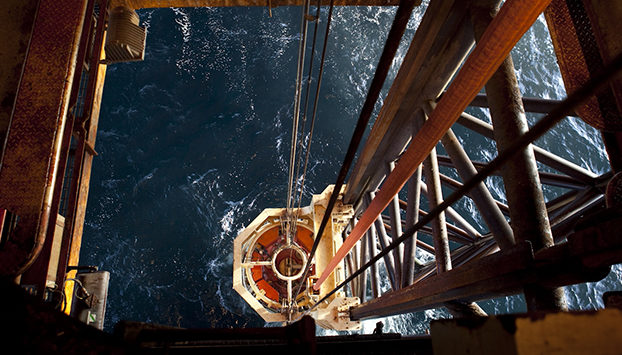
The Oil and Gas Authority (OGA) yesterday published its strategy to help the UK supply chain boost its turnover by more than £200billion over the next 20 years.
The OGA said that while it does not directly regulate the service sector, a strong supply chain is vital for making sure the UK continental shelf’s remaining resources are exploited.
The regulator vowed to work with industry and government to develop of the supply chain at a time when it is struggling amid a dearth of new projects.
In its supply chain strategy, which sets out a “shared vision” for the segment, the OGA said a collective approach could grow exports, reduce imports and anchor expertise in the UK.
To achieve its aims, the OGA said there had to be a balance between risk and reward for operators and suppliers.
It also prioritised increasing the UK supply chain’s share of the domestic market to 65% from 50% over the next two decades, while raising its international profile.
Bill Cattanach, head of supply chain, OGA, said: “If the service sector builds on its global competitiveness and attracts the necessary investment, OGA analysis shows additional turnover of well over £200billion can be generated over the next 20 years by doubling the UK service sector’s share of the global market and increasing its share of the domestic market.”
The OGA, which became an independent government company with powers to impose sanctions earlier this month, released three other strategies yesterday in a busy week for the regulator.
Today it is hosting MER UK in Practice at the Aberdeen Exhibition and Conference Centre. The full-day event is aimed at explaining how the OGA intends to regulate, influence and promote the UK continental shelf to maximise economic recovery (MER).
The three additional strategies focused on exploration, asset stewardship and information management.
The OGA said there was an urgent need for exploration of both mature and frontier plays to be revitalised.
It said about 50 exploration and appraisal (E&A) wells would be needed each year to replace the projected decline in reserves.
Just 13 exploration and 13 appraisal wells were drilled in the UK last year.
The organisation admitted the task would be “considerable” in the face of low crude prices, but said the UKCS was still an “attractive exploration destination” thanks to comparatively low finding costs and larger discovered volumes.
It said the success of UK exploration required evaluations of risk and uncertainty to be carried out to help companies come up with optimal drilling and investment strategies.
The exploration strategy’s authors said the acquisition of high-quality well and seismic data would play a key role.
They said: “The companies which have been the most successful explorers in recent years have invested most aggressively in modern seismic surveys.
“Such geophysical activity needs to be stimulated as a first step towards prospect generation, reducing subsurface uncertainty and polarising risk, which should ultimately lead to more high-quality, drillable exploration opportunities.”
Recommended for you

